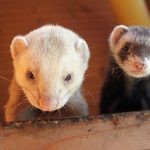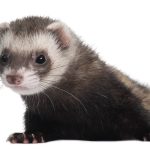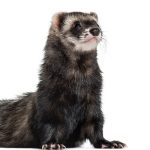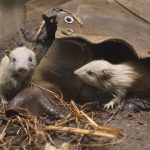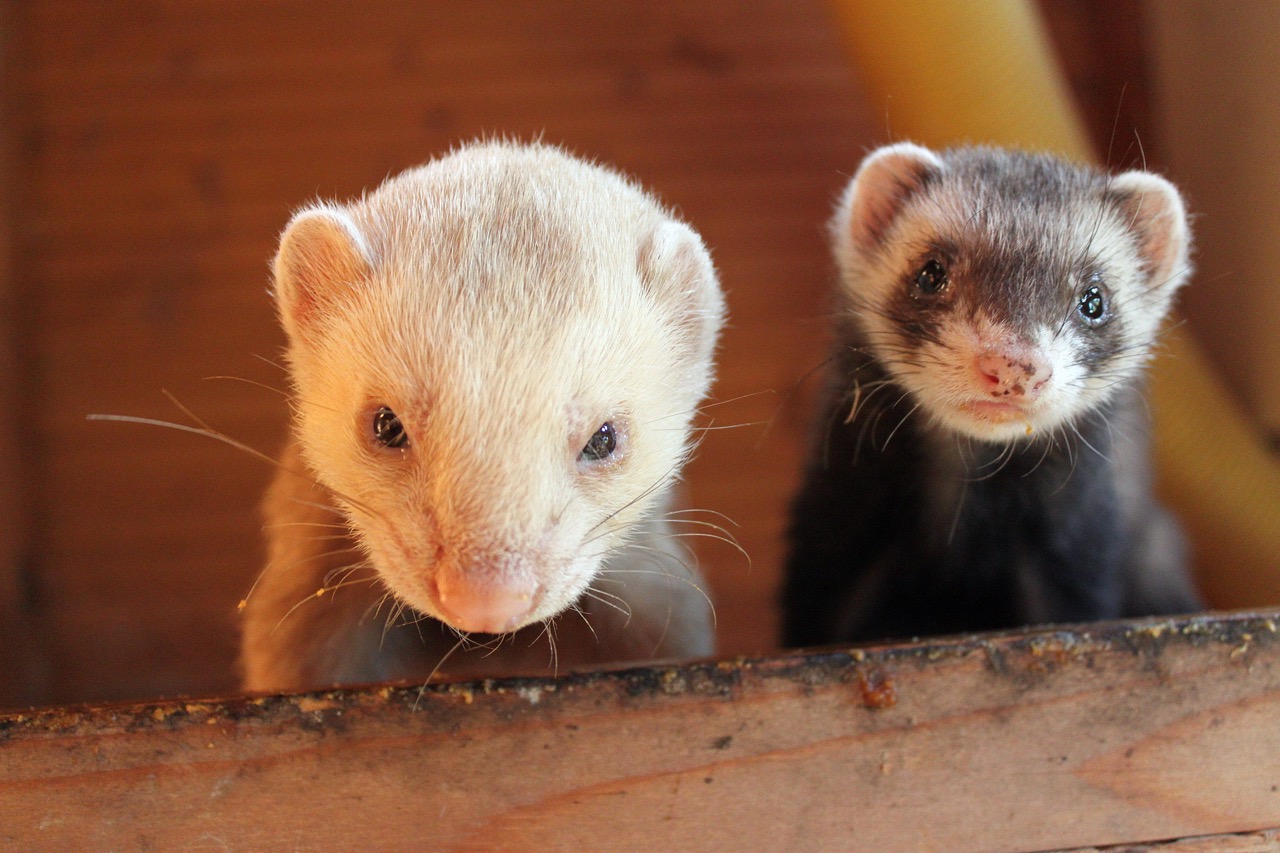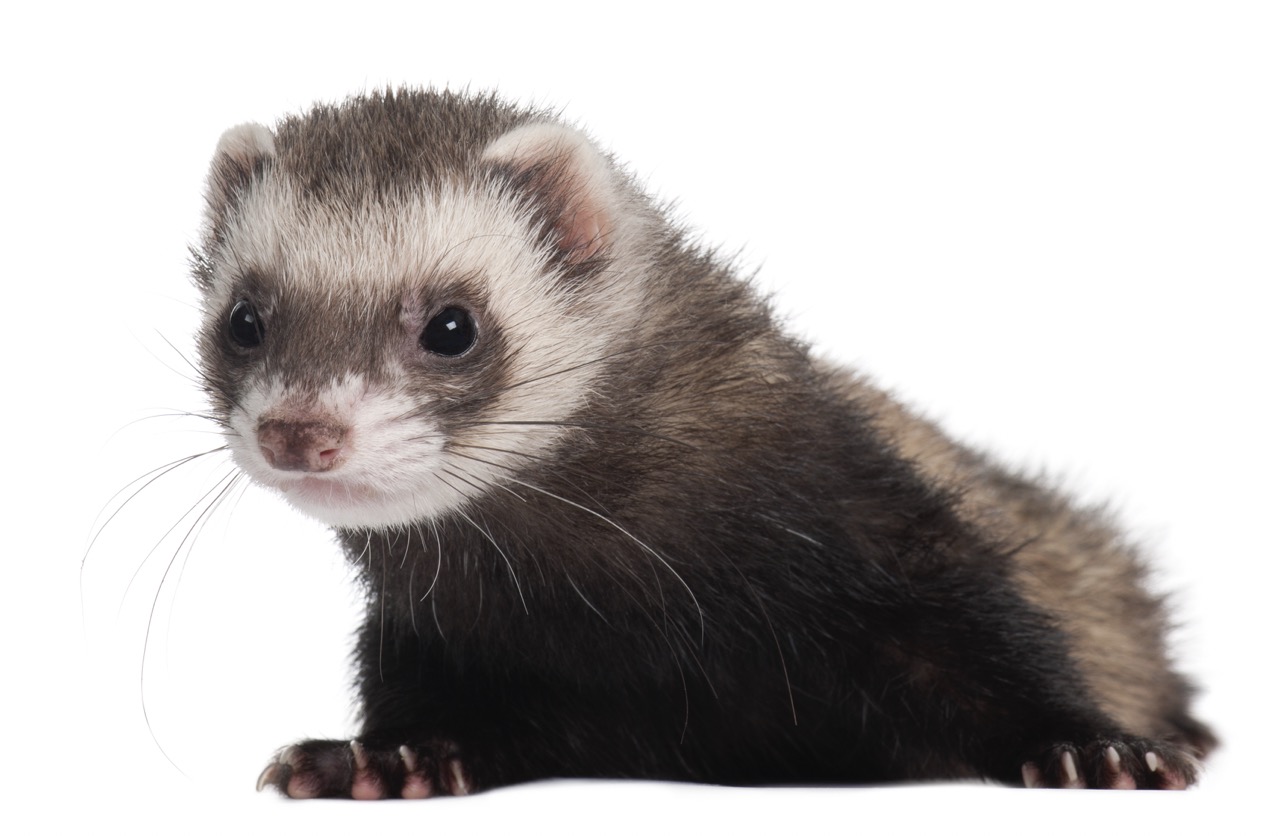Ferrets are charming and playful animals that have captured the hearts of many pet owners. For those considering breeding ferrets, it’s essential to understand their reproductive biology and lifecycle, as well as the implications of bringing new ferrets into the world. This article provides a comprehensive guide on ferret birth and breeding, covering vital aspects for responsible ferret ownership.
Understanding Ferret Reproductive Biology and Lifecycle
Ferrets have a unique reproductive cycle that is quite different from other domesticated animals. Female ferrets, or jills, typically enter their breeding season in late March to early April, influenced by daylight hours. During this time, they exhibit signs of estrus, which can last for several weeks if they are not bred. Male ferrets, or hobs, become sexually mature as early as six months, while females can start breeding around six to twelve months of age. Understanding these timelines is crucial for any prospective breeder.
The reproductive cycle of ferrets is characterized by a seasonal polyestrous pattern. If a jill is not mated during her estrus, she may experience prolonged heat cycles, which can lead to health issues, including aplastic anemia. This condition arises due to the high levels of estrogen produced when the female is in heat for an extended period. Being aware of these biological nuances is essential for ensuring the health and well-being of both the jills and their potential offspring.
Once bred, ferrets have a gestation period of approximately 42 days, after which the jill will give birth to a litter, typically consisting of 4 to 6 kits, though litters can range from 1 to 12. The kits are born blind and helpless, relying entirely on their mother for warmth and nutrition in the first few weeks of life. Understanding this lifecycle is vital for any responsible ferret owner wishing to breed.
Signs of Mating and Gestation in Ferrets
During the mating season, several behavioral changes may indicate that a jill is in heat. These include increased vocalizations, restlessness, and an eagerness to escape her cage. If a male ferret is present, mating behaviors may include chasing, mounting, and aggressive play. Observing these signs can help determine the right time for breeding, which is essential for successful conception.
Once breeding occurs, the jill’s behavior may change. She may become more reclusive, seeking out a quiet and comfortable place to prepare for birth. In the first few weeks of gestation, signs may be subtle, but as the pregnancy progresses, a jill will begin to show physical changes, such as weight gain and a swollen abdomen. Owners should monitor their jill closely during this period to ensure her health and comfort.
As the gestation period nears its end, the jill may exhibit nesting behavior. This involves gathering materials such as bedding or soft cloth to create a comfortable space for her kits. Knowing these signs can help owners prepare adequately for the arrival of the litter, ensuring that a safe and nurturing environment is provided for the jill and her new offspring.
Care Requirements for Pregnant and Nursing Ferrets
Caring for a pregnant jill requires special attention to her diet, environment, and overall well-being. A high-quality diet that is rich in protein and fat is essential during pregnancy to support the growing kits. Owners should ensure that their jill has access to fresh water at all times and consider supplementing her diet with high-quality ferret food or specific supplements recommended by a veterinarian.
After the kits are born, the jill will spend the first few weeks nursing them. Nursing ferrets require more calories than their non-pregnant counterparts, and it’s critical to provide her with an ample supply of nutritious food. Owners should also monitor the jill and her kits closely, ensuring the mother is healthy and that the kits are nursing properly and gaining weight. A warm, quiet, and safe nesting area is essential for the well-being of both the mother and her young.
As the kits grow, they will start to explore their surroundings around three weeks of age. At this stage, it is vital to gradually introduce solid foods while allowing the jill to continue nursing. Ensuring that the environment remains safe for the kits to explore is crucial. Proper socialization during this period will help the kits develop into well-adjusted adult ferrets.
Responsible Breeding Practices for Ferret Owners
Responsible breeding involves more than just understanding the biology of ferrets; it encompasses ethical considerations and long-term commitments. Prospective breeders should conduct thorough research and assess their readiness to care for both the pregnant jill and her potential offspring. This includes ensuring that they have the financial means, time, and resources to support the care of a litter and their mother.
Breeders should also prioritize the health and genetics of their ferrets. This involves selecting breeding pairs that are free of genetic diseases and are in good health. It is also essential to keep records of breeding history and health screenings to prevent hereditary issues in future generations. Consulting a veterinarian experienced with ferrets can provide additional guidance on best breeding practices and health assessments.
Finally, responsible breeders must consider the future of the kits once they reach maturity. This includes finding suitable homes for the offspring or ensuring that they are spayed or neutered before adoption. Understanding the responsibilities that accompany breeding ferrets is crucial for maintaining the health and happiness of these animals and preventing overpopulation in ferret communities.
Breeding ferrets can be a rewarding experience, but it requires a thorough understanding of their reproductive biology, care requirements, and responsible practices. By educating themselves and preparing adequately, ferret owners can contribute positively to the welfare of their pets and the broader ferret community. Whether one is considering breeding or simply wants to expand their knowledge, being informed is the first step toward responsible ferret ownership.
